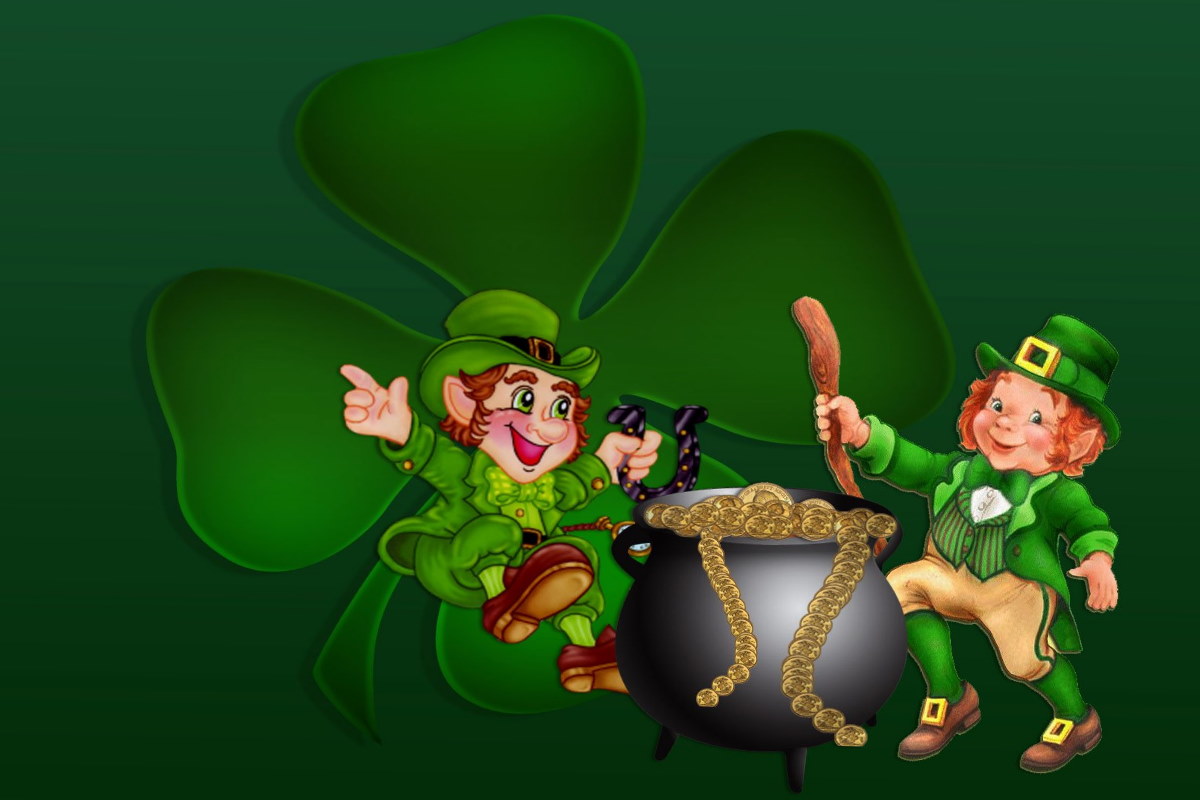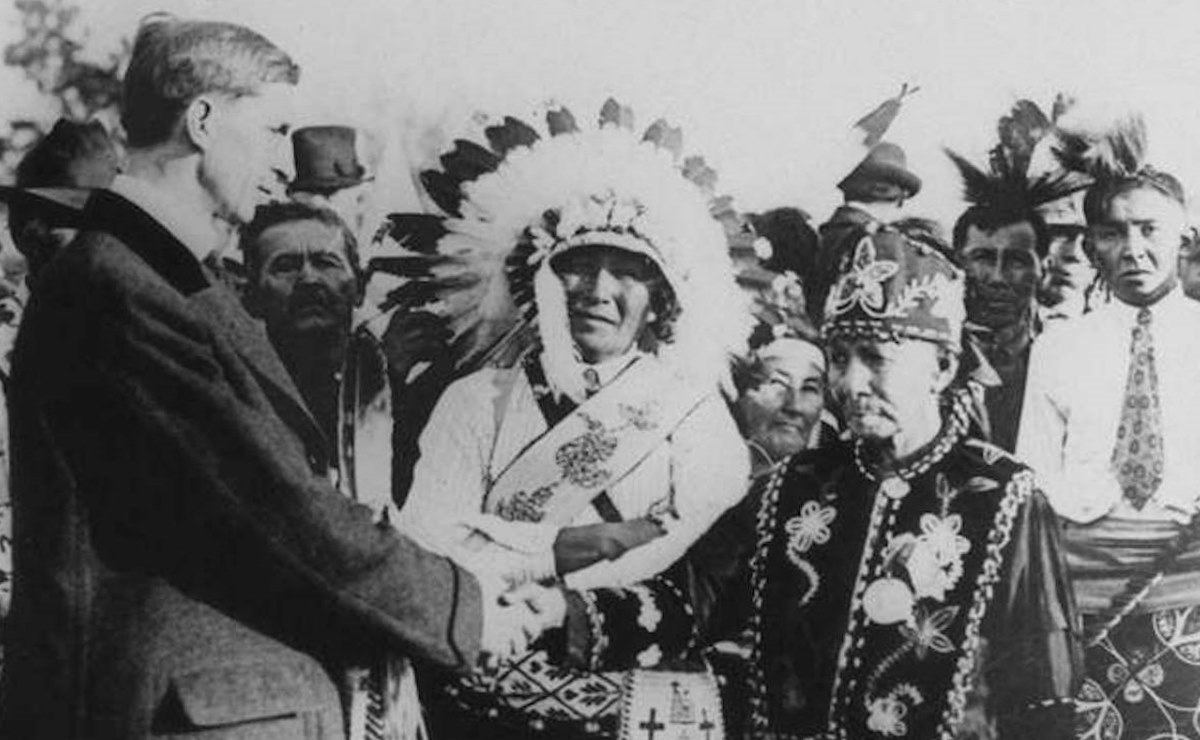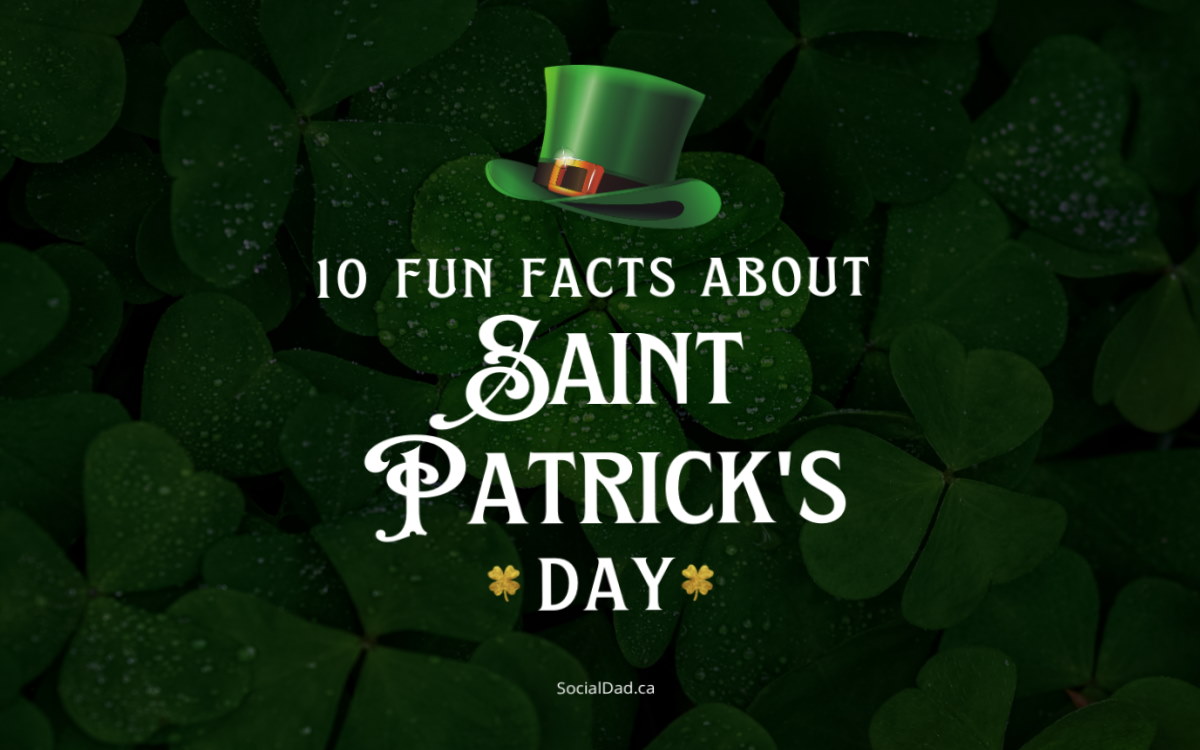No products in the cart.
Holiday
Top 10 Surprising Facts About St. Patrick’s Day
St. Patrick’s Day, celebrated annually on March 17, is known for its festive spirit, green attire, and parades. But beyond the shamrocks and leprechauns, there are numerous surprising facts about this holiday that many may not know. Here are the top 9 surprising facts about St. Patrick’s Day that will enhance your appreciation of this beloved celebration.
1. The True Origin of St. Patrick
Contrary to popular belief, St. Patrick, Ireland’s patron saint, was actually born in Britain around the late 4th century. His life, blending history and legend, tells of his kidnapping at 16 by Irish raiders and subsequent enslavement to a Celtic priest in present-day Northern Ireland. After six years as a shepherd, he escaped to Britain, only to return to Ireland later as a Christian missionary.
2. The Original Color Was Blue
While green is synonymous with St. Patrick’s Day now, St. Patrick was originally associated with blue. The shift to green occurred over time, likely due to Ireland’s lush landscape and the green in the Irish flag.
3. Debunking the Snake Myth
The story of St. Patrick driving snakes out of Ireland is a myth. Research indicates that Ireland never had snakes to begin with; they are absent from the fossil record and the island’s surrounding waters have isolated it since the last Ice Age.
4. Leprechauns: A Celtic Legacy

The iconic red-haired, green-clothed Leprechaun, often linked with St. Patrick’s Day, originates from the Irish term “lobaircin,” meaning “small-bodied fellow.” Stemming from Celtic folklore, these figures, akin to fairies, were known for their magic and shoemaking skills for other fairies.
5. Sacred Shamrocks
The shamrock, a three-leaf clover, is a centuries-old Irish symbol. The Celts revered it as the “seamroy,” a sacred sign of spring. Legend has it that St. Patrick used the shamrock to explain the Holy Trinity, contributing to its significance in Irish culture and nationalism.
6. The Chicago River Turns Green
A unique tradition in Chicago involves dyeing the river green for St. Patrick’s Day. This started in 1962 when city workers used dyes to trace illegal sewage discharges and realized the green dye provided a perfect way to celebrate the holiday.
7. The First Parade Was Not in Ireland
Though St. Patrick has been celebrated in Ireland since the 1600s, the first parade in his honor was actually held in America on March 17, 1601, in a Spanish colony in present-day St. Augustine, Florida. Organized by Irish vicar Ricardo Artur, this tradition was later embraced by Irish soldiers in Boston and New York City. Despite being interrupted by the COVID-19 pandemic in 2020 and 2021, these parades resumed in 2022.
8. Irish Immigrants in America: A Struggle for Acceptance

Irish immigrants, now proud of their heritage in America, faced significant challenges upon arrival. Fleeing the Great Famine from 1845, they were often viewed as impoverished, unskilled, and a burden on social services.
9. Corned Beef and Cabbage: An American-Irish Innovation
The traditional St. Patrick’s Day dish of corned beef and cabbage is actually an American creation. Irish immigrants in New York City adapted the dish from their traditional ham and cabbage, using affordable corned beef as a substitute.
10. St. Patrick’s Day Is Celebrated Around the World
St. Patrick’s Day is celebrated in more countries than any other national festival. From Japan to Russia, various nations embrace the holiday with parades, wearing green, and other festivities, showing its global appeal.
Conclusion
St. Patrick’s Day Holiday is a celebration rich in history and full of surprises. From its beginnings as a religious day in Ireland to becoming a global festivity, the day has evolved significantly. These surprising facts reveal the depth and breadth of the holiday’s history and how it has been embraced and transformed by different cultures around the world. So, this March 17, as you don your green attire and join the celebrations, remember the intriguing history and traditions behind this festive day.

